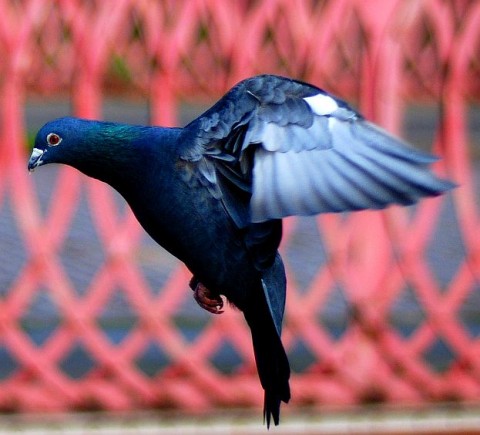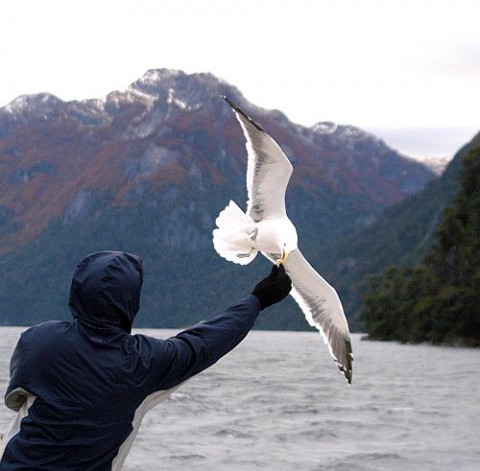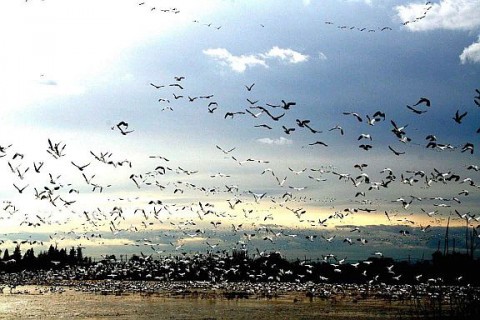How to take photos of flying birds?
There is an art to photographing birds and as you become more experienced taking photos of birds in flight you will get better and better bird photos.
Also as your confidence in your ability grows and your skills improve, you will want to find new ways to capture the unique characteristics of the wild birds in your area. Birds live in many different habitats and there are at least three ways to capture them for eternity using the lens of your camera.
Photographing Birds in Flight
There is nothing more spectacular great photos of birds in full flight. A well-balanced and well lit photo truly expresses the beauty of birds in their natural state. It is difficult to capture truly original, unique bird photos that catch the essence of the wild bird in flight.
Use your camera’s fastest shutter speed and start by taking photos of slower birds such as seagulls, hawks, herons, geese and cranes.
If you are taking individual shots of birds use a 400 mm telephoto lens. This is a great size lens as it is light enough to let you tack the bird in the sky and still gives you a good size image. Use a zoom of around 77 mm to 300 mm if you are photographing large flocks of birds.
Bird in flight
When taking photos of birds flying it is a good time to put your camera’s autofocus on to track the birds – by the time you manually focus the shot will be gone. If you use your autofocus correctly you can expect that at least 75% of your photos will be in sharp focus.
How to get Closer
Spend time observing the species you are interested in photographing. Birds are habitual and return to the same feeding and breeding areas. If you spend some time set up in areas you know they frequent you can get close enough to them to get some spectacular photos.
Even try places like public parks and lakes where birds are used to interacting with people, dogs and cars.
If you want to get closer then approach slowly – walk in a zig zag line and do not eyeball the animal. Stop every now and then to get a few shots and this will also help the bird to get used to your presence. Keep watch on the bird – check it is not getting agitated or has not stopped feeding? If it has stop and give it time to settle down again. The great thing about getting close you will get shots where the subject fills the frame and if the bird decides to fly off then at least you have gotten some photos for your trouble. Even get a few shots ad it flies off. Shots of birds landing can also be spectacular.
The most important thing about bird photography is persistence and patience. With these two traits you will be rewarded with incredible photos of birds in their habitats and in flight.
Bird in flight
Using a Blind
To photograph the shyer birds like kingfishers, ducks and ibis – erecting a hide is ideal. Research the species of birds you want to photograph and plan your photo shoot carefully.
A blind needs only be as complex or as simple as you want – use something as simple as PVC pipe and camouflage material. This is very light and portable.
You may have to leave your blind in place a few days before you want to use it so the birds get used to it in their environment, but they are very adaptable and tend to get used to your blind very quickly.
When setting up your blind be careful how you position it as you want to take advantage of the lighting and you want a good background for your subjects.
Bird in flight
These are just a few simple ways you can use to take photos of flying birds and birds in their habitat. As you get more experienced you will devise your own techniques to get unique photos of flying birds.





